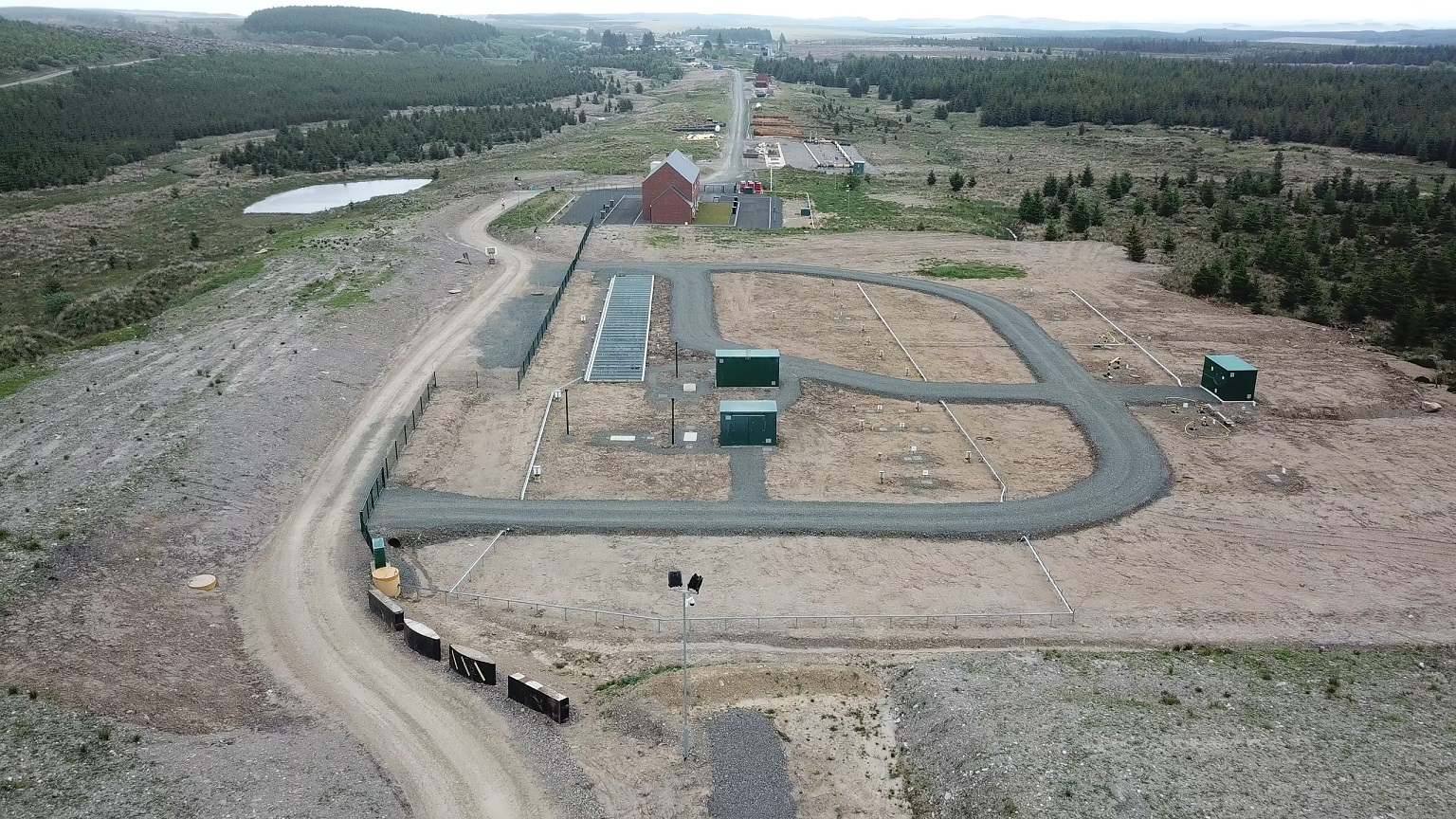A first of its kind gas distribution test grid (MicroGrid) is being used to understand any changes to operational procedures needed for the gas network to transport up to 100% hydrogen in the future.
The MicroGrid has been purpose-built by DNV and led by Northern Gas Networks (NGN) as part of the H21 project and is located at DNV’s test and research facility at Spadeadam in Cumbria. The MicroGrid mirrors a typical UK distribution network and will be used to understand how gas distribution companies would manage and operate the networks under 100% hydrogen conditions.
Construction of the £1.8 million MicroGrid was funded from the £6.9million grant awarded by Ofgem’s Network Innovation Competition (NIC) as part of the H21 programme.
H21 is a suite of pioneering gas industry projects, aimed at proving that the existing gas network can be converted to transport 100% hydrogen, in order to support UK Climate Change Act obligations to achieve net zero carbon emissions by 2050.
The MicroGrid comprises approximately one kilometre of pipework of varying pressure tiers and diameters, which will link to three demonstration houses featuring hydrogen boilers.
In 2022 the MicroGrid will also link to FutureGrid, a gas transmission test network being built at Spadeadam by National Grid with partners including NGN. At this point the network will represent a unique ‘beach to meter’ hydrogen demonstration facility.
Unlike natural gas, which is currently used by the 85% of UK households connected to the gas grid, hydrogen produces no carbon when used. With the government targeting zero carbon emissions by 2050, a hydrogen gas conversion could provide the most cost effective and least disruptive route to home heating for the majority of UK households.
The MicroGrid is being used to carry out rigorous testing procedures under 100% hydrogen conditions and make recommendations for any operational and maintenance procedures which will need to be updated for a hydrogen gas network.
Operations including purging, venting, repairs and maintenance will all be tested to validate the suitability of existing procedures as well as validating gas flow and pressure modelling software. Pressure and flow within the test network can be remotely monitored at the site control room. Testing will continue for nine months after which a report of results and findings will be prepared and publicly released.
Ryan Mallinder, Northern Gas Networks’ H21 Project Manager explains: “Whilst the H21 project has already established that it is technically possible to repurpose the gas network to transport hydrogen, the MicroGrid starts to look at the more detailed aspects of operating a hydrogen gas network on a day to day basis and any changes which we need to make from existing natural gas networks.
“This facility is the first of its kind and scale anywhere else in the world as far as we are aware. As well as furthering our research into operations, the MicroGrid can be used for engineers to learn any new skills and competencies needed for operating a hydrogen gas network. It can also be used by suppliers to develop innovative new solutions and any tooling which may be needed as we move towards 100% hydrogen networks. To find out more about MicroGrid and other H21 projects visit H21.green.

